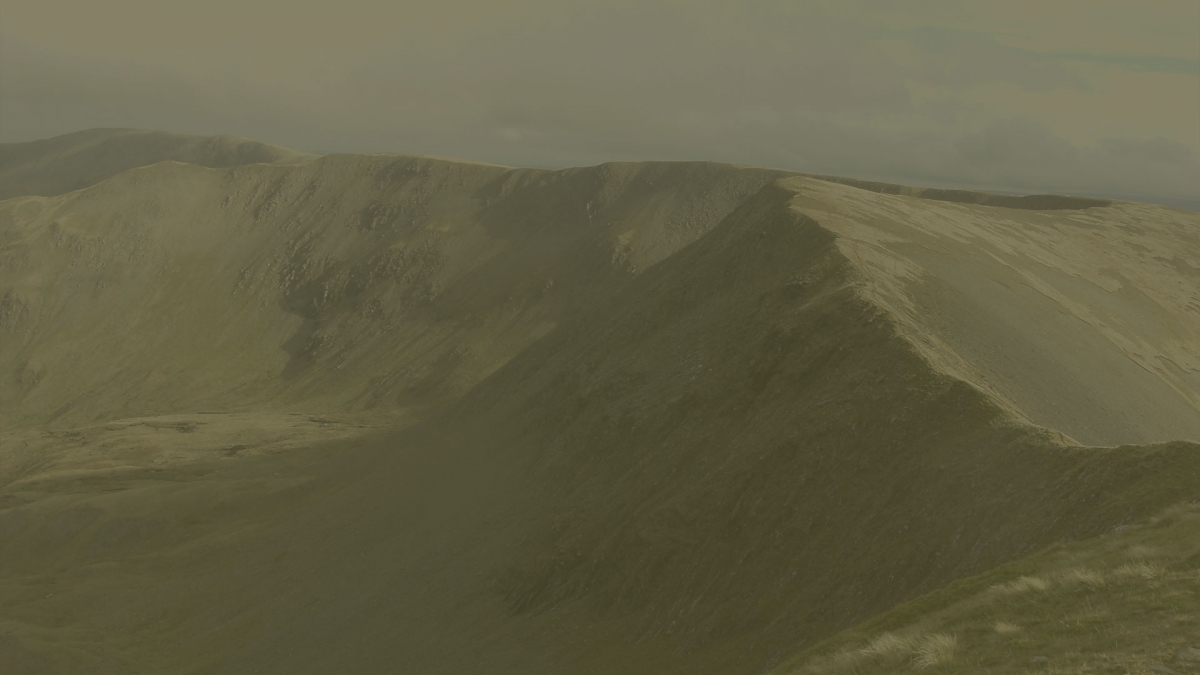The beautiful landscape of Connemara and south Mayo attracts all sorts of visitors – and here’s why. From the excellent fishing lakes of Lough Corrib and Lough Mask to the bog covered slopes of the Twelve Bens, there is something for everyone to enjoy. The most stiking thing about Connemara is the rolling glaciated mountain ranges separated by the vast blanket peat bogs. Where are all the trees? And the farms? Why is it so bleak and sparsely populated? These are the kinds questions I often get asked by visitors to the area.
Geology of Mayo and Connemara
The hard rock geology of the area covered by this map can be broadly divided into to zones; the broad eastwest trending area of metamorphosed sedimentary and igneous rock, known as the Connemara metamorphic complex, and the sedimentary rocks to the north known as the South Mayo Trough.
The Connemara metamorphic complex consists of metamorphosed sedimentary and igneous rocks. The term metamorphic refers to the deformation of rocks through time by being subjected to high temperatures and pressures. The material making up the metasedimentary rocks of Connemara were orignally deposited in Precambrian times over 540 million years ago. Material was eroded from the old continent of Laurentia (which includes the modernday Americas) and deposited into an ocean (known as Iapetus – father of Atlas in Greek mythology). As this ocean closed, due to the movement of the continents, these sediments were thrust upwards to form high mountains. The enormous pressures and temperatures exerted on these rocks transformed them into the schists, quartzites and marbles we see in Connemara today.


